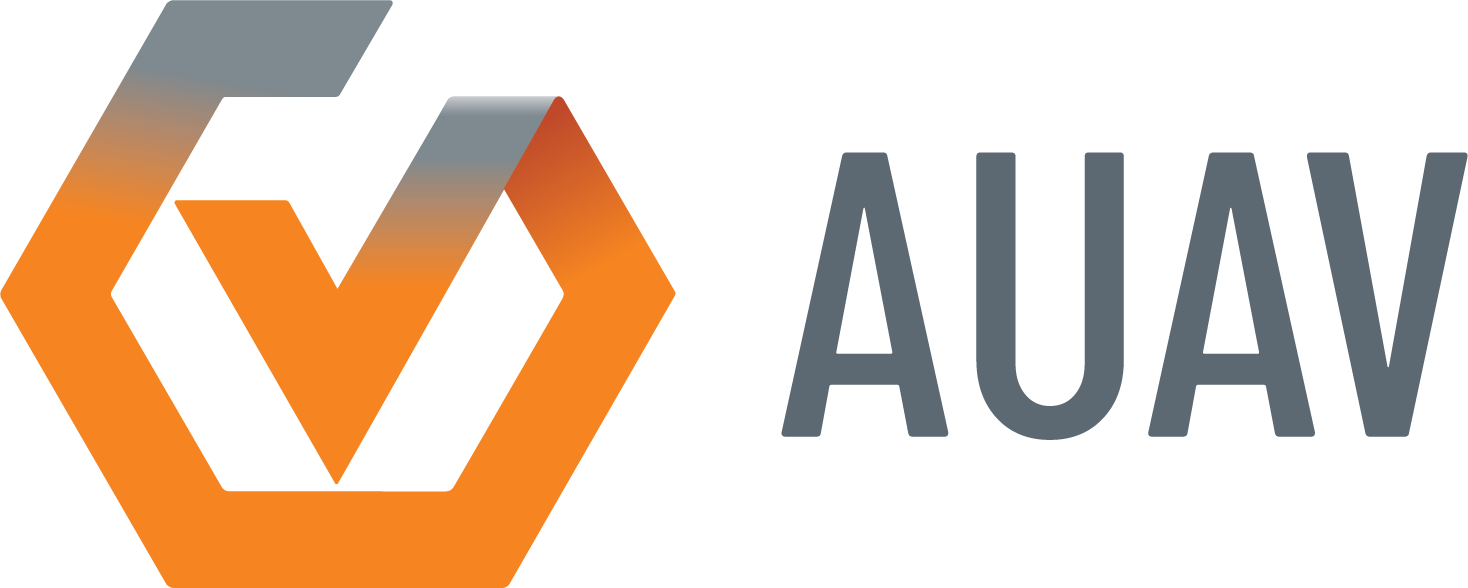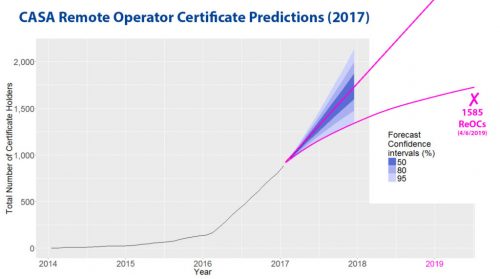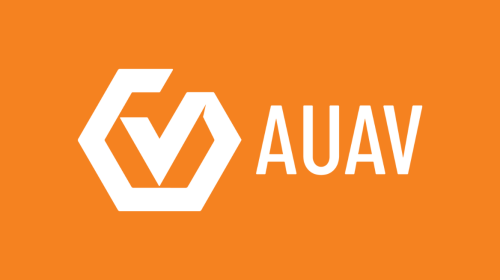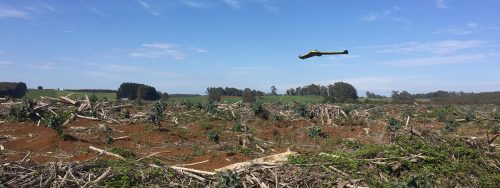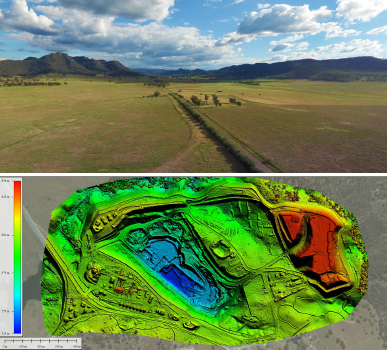Have we reached ‘Peak Drone’?
AUAV’s outlook for drone businesses in 2019 and beyond.
In short: demand and revenues continue to grow rapidly, but the initial gold rush fever is over, the number of service providers is shrinking, and the industry is maturing to meet customer needs with true ROI on drone data, as drones become ‘business as usual’.
The Opportunity
According to Goldman Sachs the drone industry will be worth US$100bn globally by 2020, and similar figures have been estimated by the other consulting firms and described as ’the next Internet’. Drones have been radically changing how businesses and government agencies operate: saving money, improving safety, and providing game-changing data and insights for the more efficient management of facilities, land, resources, assets and infrastructure.
With so much hype and a low barrier to entry, many people have been jumping into the drone business over the past few years. Every Tom, Dick and Harriet has been eager to believe that with just a one week training course, a website and a $2000 drone, they will have a sustainable business with large clients beating a path to their door.
The Story So Far: Boom Times?
When AUAV began in early 2013, there were just 35 businesses certified by CASA to operate drones commercially in Australia. Many of these were manufacturers, researchers or defence contractors, so we didn’t have a lot of competition in those early days (but we also had a lot more work to do in explaining to our clients what drones can do).
As of June 2019 there are 1580+ certified operators, and the de-regulation of the sub-2kg class in September 2016 saw an explosion of many thousands more drone pilots who can now operate without any certification.
So, it’s a booming industry, right?
It depends how you look at it.
On one hand, we are successfully past the initial trial phase, with only a tiny fraction of the potential market beginning to be served, and client demand now expanding rapidly. There are thousands of people busily working away on building out the drone industry in all its forms, from software and hardware to services, software solutions, consulting and training. So yes, in terms of the number of people and the figures involved, it is still growing rapidly.
On the other hand there is a consolidation phase occurring now which means fewer companies serving larger clients, and the de-regulation of small drones has effectively killed off any business on the low end of the market (i.e real estate photography and basic video work), which makes it a lot harder for a small drone company to grow into a larger one these days.
AUAV routinely undertakes a market review here in Australia, assessing the number of active operators (and let’s be honest, potential competitors). Working through the published CASA list it becomes apparent that many no longer have active websites and their social media has fallen silent. The majority of the drone service companies we have run beside over the past six years have decided to focus their efforts elsewhere and hung up their wings.
We are observing significant market consolidation with many businesses either closing up or changing direction away from service delivery to focus on work in software, hardware, consulting or training.
The stats from CASA’s licensing (see graph at the top) shows predictions from the height of the hype cycle in 2017 when everyone was jumping in. You can see that today’s figure is well below even their most conservative 95% forecast. It also overlooks a statistical lag factor, in that the licenses are granted on a three year cycle (after the first year), so there is a delay between companies ceasing to operate and their ReOC not being renewed some years later. So has Australia reached Peak ReOC, are we going to see the number of drone companies now in decline? From what we are seeing, that is very likely, yes.
In the US there is a similar but more transparent story unfolding where it appears that there has been a significant over representation of the number of operating drone pilots and evidence that up to 80% are not renewing their registration over the period of a year.
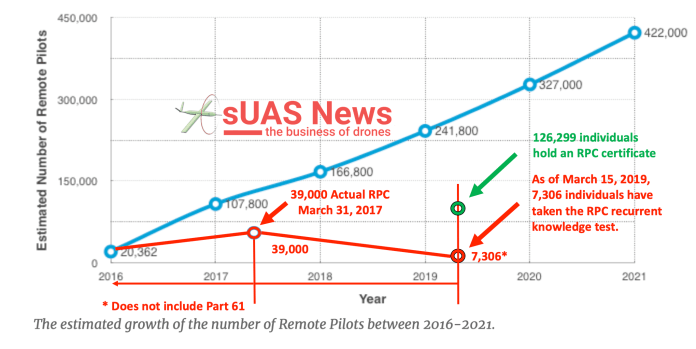
The Harsh Realities of Running a Drone Business
There are of course many reasons why so many of these new drone businesses might be falling by the wayside.
What we see time after time though is people getting excited about the technology and ‘toy’ factor, but lack an understanding of business fundamentals and how to provide real value to their clients by its use.
So, 5 tips below from a drone services company after 6 years in the business:
- Drone equipment is a minor cost in running a drone business. We spend a lot more on salaries, superannuation, travel, vehicles, insurance, licensing and compliance, survey equipment, marketing, computers, software, data storage/transfer, and a bunch of other things. Drones are cheap and rapidly getting cheaper, but unfortunately that’s not the case for most other things you will need.
- A drone business is still a business, so to be successful you need to know how to run one. We’re amazed by how many people are buying $5000 drone gear, charging $1000 per project and thinking they’ll be ahead after 5 projects. If they knew the true costs and how to calculate their profit margin they would either quit or at least call it what it is: a partially-funded hobby. No offence, it’s great to have hobbies, but a business is something that brings in more money than you spend on it!
- The drone biz is all about data, and the drone itself is just a tool to get it. Nobody pays us to fly drones (and in most cases they would prefer we didn’t), they pay us to provide them with the data or the analysis and answers we can derive from it. Are you an expert at a certain type of data which drones can collect? Can you process that data into a useful product for your clients? If so that’s great, focus on that and you can make a success of it as a drone business.
- It is rare for large companies or government to engage very small companies for anything which is either risky or important to them. The harsh reality is, you need to be big enough to sue for damages if something goes wrong. We have struggled with the same issue from day 1 ourselves: each time we get bigger we gain access to larger clients, but it’s hard to punch too much above your weight.
- Supply and demand means you can’t charge top dollar for something which every man and his dog wants to do, so we focus on niche or high-skill areas of drone usage. You should also recognise that due to the technology and automation evolving, most of what is high-skill work today will be low-skill work in a few years. We’ve already seen this with aerial photography and video work, and it will continue to roll up the chain as more complex tasks get easier. Focus on the unique value you can provide with your drone that can’t be done by the next person who has just bought one, or by the client buying their own.
And aside from these specifics of the drone industry, consider that it is estimated that 97% of start-ups in the innovation/tech space fail to make it successfully to the growth phase. This stuff is hard. As they say, if it was easy everyone would be doing it.
Unfortunately many thousands of people have been sold the dream by training organisations that a week-long course will enable them to make a fortune flying drones. The reality is that running a drone business is significantly harder than it might seem, and being in a position to undertake large contracts takes time, scale, resources, capital, and lots of long hard hours working at it. It won’t just happen because you ran out and bought the latest drone.
Drones in the Hype Cycle
According to Gartner and their well-respected research on tech Hype Cycles, by 2017 drone hype had already peaked and entered the ‘Trough of Disillusionment’, which is common to all new and exciting technologies:
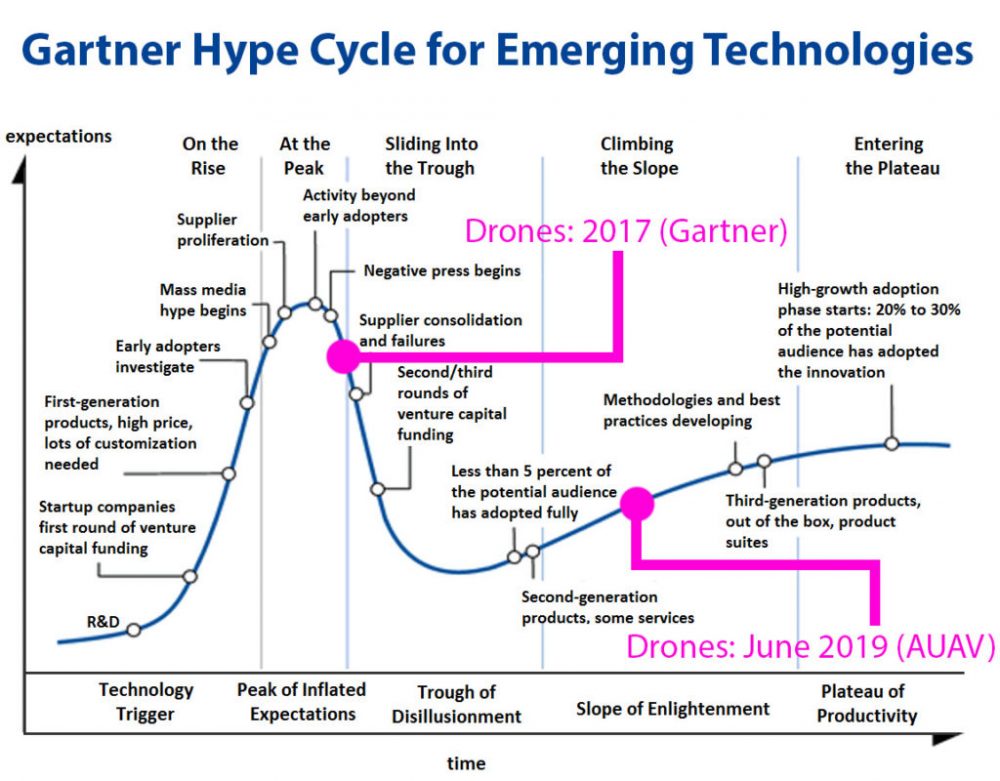
When everyone realises a new technology isn’t going to single-handedly solve all the world’s problems, there is a deflation of expectations before the real business of sustainable ongoing growth can begin. According to Gartner it then moves through a turnaround phase of ‘Slope of Enlightenment’ before mass-adoption in the ‘Plateau of Productivity’.
During this time companies that have gained experience in the market and established a good business model can create a valuable offering, generate strong revenues, and will succeed as the technology is adopted on a wider basis. In other words, new tech needs to get past the hype and move into real business. Backed by Gartner’s predictions in 2017 and our own experiences and view from within the market, we believe that we’re now going through that upward inflection, heading for mass adoption.
In the past six years we have undertaken trials of various scales for companies, utilities and government agencies to demonstrate and help them evaluate how drone technology can meet each of their needs. They like what they have seen, understand what it is good for and where the limitations lie, and are now aligning on large-scale usage.
Capability Constraints, Two Pathways to Scale
So now the drone industry has got everyone excited about what is possible, and we have gone on to demonstrate some real ROI. But can we deliver at scale?
Although there is no shortage of drone pilots and enthusiasts on hand, larger organisations aren’t able to use a collection of individuals and small businesses to meet their needs, they need large reliable providers.
If you want to punch heavyweight you need to pack on some pounds. There seems to be two main pathways to meet the growing demand from these larger clients:
Firstly there are companies like AUAV that are steadily growing, employing dedicated staff and training them within the company on systems and safety to build a strong team. Although it takes time, we see benefits in this approach of centralised risk management and the reliability and repeatability of dedicated staff. This is hard if you don’t have the right model, it takes time and it takes capital, but the longer term position is much more certain. We are never gambling on things working out, we are managing the growth to ensure it succeeds. A similar model is used by the large engineering and professional services firms, though in our case on an accelerated pathway enabled by drone tech and our software development efforts.
The second approach is a company acting as an outsourcing agency to contract a collection of drone operators as needed. This looks like an attractive path to fast growth in the short term, and we have seen some investor funds pouring into these models, but some of these are now faltering and we feel we know why. AUAV considered a franchise and outsource model early on, but we realised it wasn’t a good fit for an industry which has high training requirements, a high risk profile (if not carefully managed), is technically demanding and evolving very quickly. In other words, we’re not flipping burgers or mowing lawns, this is challenging stuff, and we felt we couldn’t control the safety and quality if we weren’t using dedicated and highly-trained staff reporting up the chain to senior management. It also raised all kinds of worrying liability and insurance questions given the nature of the work.
Next Steps
We are confident the market is approaching a tipping point, with an exponential uptick in demand for safe and reliable drone services providing valuable results.
Unfortunately the ‘every man for himself’ nature of the current drone industry needs to evolve in order to facilitate and capitalise on that demand. We expect at most for 5-10 companies to succeed in scaling to a national drone service business in Australia. The industry is about to go through some teenage angst and growing pains before it hits maturity.
We have no doubt there will be a significant expansion of jobs in the drone biz as business and government begin to embrace the technology and the benefits they bring. However, the number of businesses providing the service has likely already peaked, and this consolidation will be good for the professionalism of the sector going forward.
AUAV is always on the lookout for highly talented individuals who would like to join the team as we grow. For more information visit the AUAV Careers page or email us at careers@auav.com.au. And if you are running your own drone services company doing data-focused work and want to explore the idea of joining forces with AUAV so we can do more together, please feel free to email our two directors.
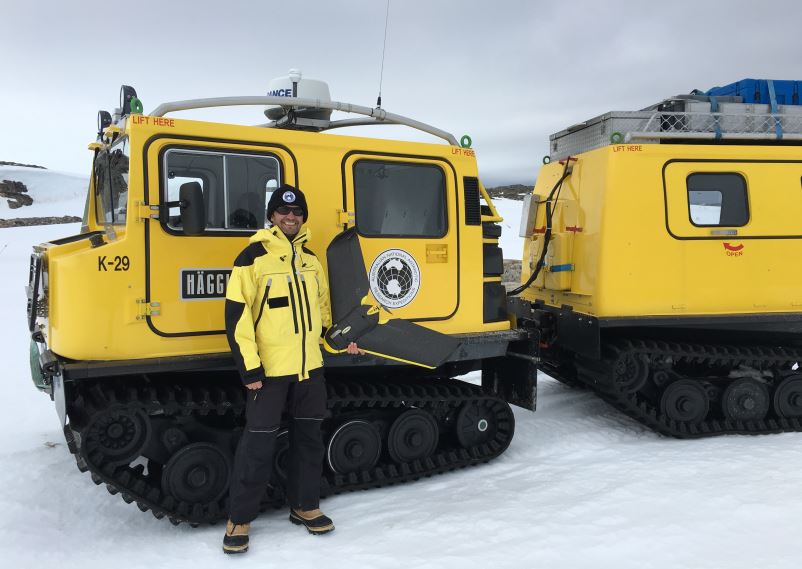
“The opportunities are out there to do amazing projects, but beware the hype and understand the industry before jumping in”
– James Rennie
